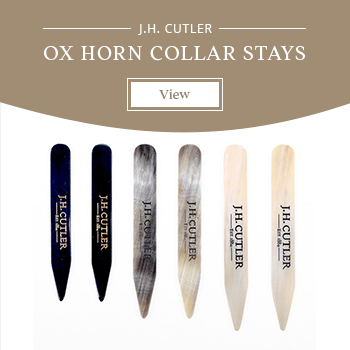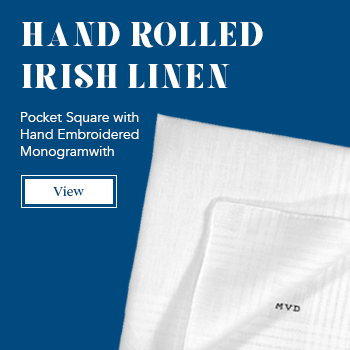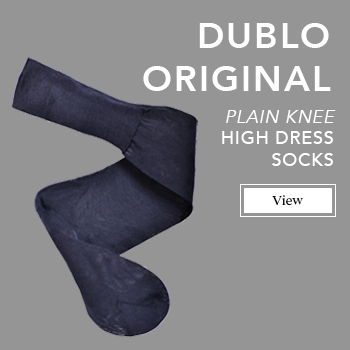Understanding the term “Worsted”
Worsted refers to a special technique that produces a smooth, fine, and high quality yarn that is used to weave luxurious wool cloth predominantly used for bespoke tailoring.
The name derives from the weaving heritage of Worstead, a village in the English county of Norfolk. King Edward III of England, who had married a Flemish princess, encouraged weavers from Flanders to settle there in the 12th century. Together with the neighbouring villages of North Waltham and Aylsham, they formed a prosperous manufacturing centre for yarn & cloth that paved the way for the development of worsted fabric.
While the spinning and weaving industry in Norfolk has not existed since the last weaver in the village of Worstead John Cubitt died in 1882, worsted fabrics continue to be manufactured to this day in different locations around the world, and are the most sought after for luxury tailored garments. The essential features of worsted yarn are long staple wool fibres that have been washed, combed, gilled, and spun. The long staple fibres are the foundation for the luxurious quality that worsted wool is renowned for.
Combing removes all of the short fibres and arranges the long fibres in the same direction of butt-end to tip, parallel and in a flat bundle called tufts. The tufts are then gilled which produce overlapping untwisted strands called slivers. Slivers can be drawn further and given a slight twist, which then becomes roving. Both slivers and roving can be used to spin a worsted yarn using the short draw spinning technique, which makes the worsted yarn smooth, strong, sturdy, and dense. Tightly spun yarn is known as high twist worsted yarn.
While cloth woven from worsted yarn comes in many variations, the commonality between them all is being lighter in weight, a luxurious hand feel, resilient natural recovery and breatheability with excellent moulding properties. High twist worsted yarns have a harder hand feel, increased breatheability and higher abrasive and crease resistance, which are excellent qualities for tailored suits and garments required for travel and tropical climates.
Worsted count, such as super 150’s, is an indirect measure of the fineness of the fiber in a worsted wool yarn. The expression of the measurement is the number of 512m lengths of worsted yarn that yield from 0.45 kg of wool. The finer the wool, the more yarn is produced and hence the higher the count. Lower counts tend to be more hard wearing, resilient and heavier in weight, making them much easier for tailors to work with to achieve an excellent result. Higher counts tend to be more delicate and lighter in weight, which require tailors of an incredible skill level to achieve results of the same calibre.
The worsted count in luxury tailoring fabrics range from 100’s to 300’s and the finest wool comes from the Merino breed which originated in Spain, but later domesticated in New Zealand and Australia where the finest Merino wool fiber is now produced.
The finishing of fabric woven from worsted yarn consists of wet finishing and dry finishing, and is critical for the fabric to perform properly when made into a completed bespoke suit or garment. Wet finishing, consisting of scouring in warm water containing detergent, ensures the stability of the finished cloth and removal of all the debris from the manufacturing process, such as lubricants, oils and dirt. A number of dry finishing processes are then applied to the fabric to ensure a smooth surface, dimensional stability, luxurious appearance and hand feel.
In luxury tailoring fabrics, worsted wool yarn of all counts can be blended with other natural fibres, like silk or cashmere, to create different results. They can also be woven in many different ways such as twill weave, plain weave, birdseye, herringbone etc and in many different patterns, colours & finishes. This is a process of textile design which is undertaken by fabric mills and merchants who are perpetually re-inventing their existing ranges and developing new and exciting combinations in response to and anticipation of the needs and desires of the evolving market.
J.H. CUTLER EST 1884
With a wealth of knowledge and expertise from four generations of genuine bespoke tailoring, we create timeless sartorial goods that are exclusively hand-made for each individual customer, with the finest artisanal craftsmanship.





